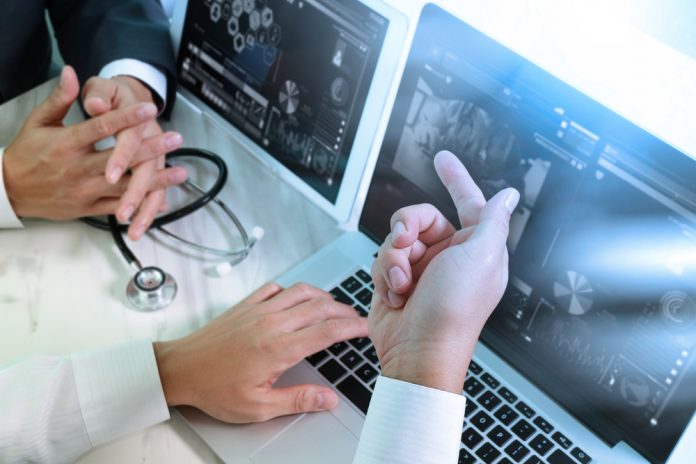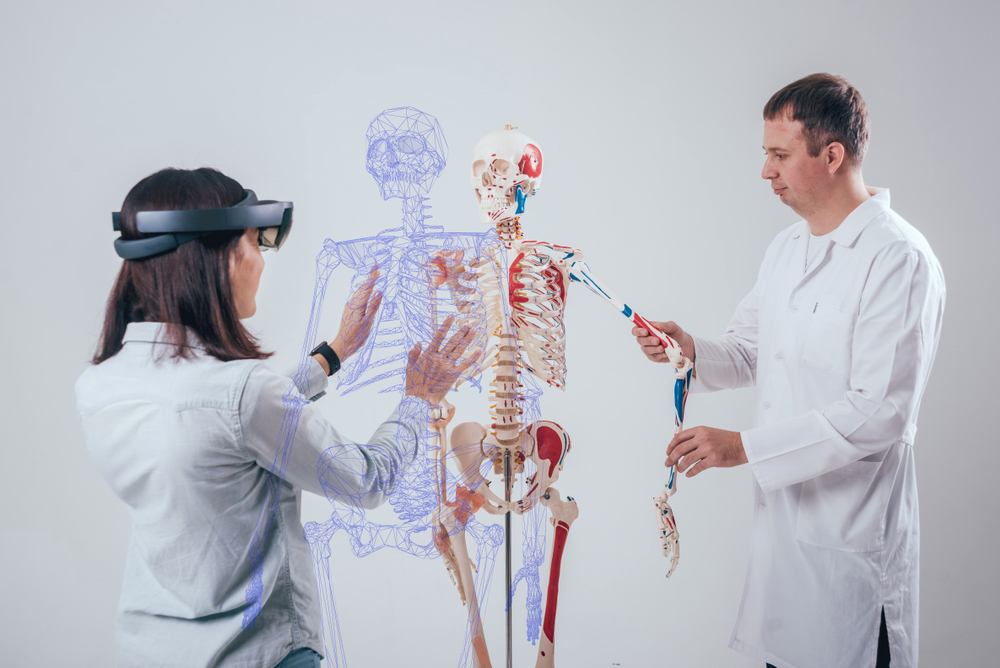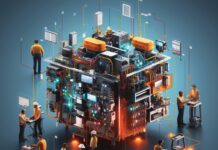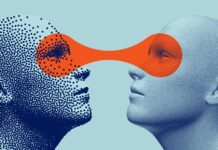Technology is incredible, it’s made our lives easier in so many ways from facilitating communications across the globe to saving time around the home. As technology continues to progress and develop, more sectors can benefit from these advancements, in particular, healthcare and medical industries.
In the UK, the healthcare industry is under a huge amount of strain with a deficit of nurses, beds and access to developed treatments. This leads to a slow turnover of patients, long waiting times and staff burnout when they are required to work long hours with little downtime. Technology, especially wearables, monitoring devices and access to developed treatments such as proton beam therapy, can reduce this strain, providing peace of mind to patients with a diagnosis that needs to be consistently monitored, such as heart problems, cancer and diabetes. Technology like this can free up time for care teams, allowing them to spend more time providing assurance to their patients, including supportive care in cancer and palliative end of life care for a patient while providing support to their families.
Wearables are just a small technology advancement that can provide a huge benefit, but medical technology doesn’t end there and the developments we see across the next few decades could change the medical industry for the better forever.
Mixed Reality Training
Medical students go through years of higher education and specialist training until they are ready to treat patients. Mixed reality learning that makes use of augmented and virtual reality technology can improve the effectiveness and efficiency of medical training. Augmented reality projects virtual information onto the real world, similar to how the Pokemon Go app works and can be used to view 3D body models and maps in intricate detail, identifying plans for surgeries and making it easier to analyse structures within the body. Virtual reality is similar but creates a full simulation, it has shown brilliant developments in psychology and pain management and allows doctors to work with their patients in different situations that may be unpractical to recreate in the real world.
It’s not always practical to have students work with real patients but using mixed reality technology opens up an entire world of learning opportunity.
3D Printing In Healthcare
3D printing was an exciting development across all creative industries but many people didn’t realise at the time the impact 3D printing would go on to have on the medical world. From printing personalised casts to support broken bones and light-weight, bespoke limbs for amputees, 3D printing still has more to give to the medical world and developments are currently being made in the printing of skin and even organs that can be used for transplants with much less chance of rejection.
Not only for the body, but developments have also been made in 3D printing medicines for children in a variety of fun and colourful shapes that can encourage children to finish a course of medicine for their own benefit. Shapes can be simple and engaging such as animals and dinosaurs or potentially even customised to the child’s interests to further encourage them to consistently take their treatment.
Robotic Surgeries
Even the most highly trained surgeons can make mistakes, that is the reality of being human, however, precision trained robots are incapable of making the same mistakes humans make and robotic surgeries – already being used in some parts of the world – could be the next incredible leap for public health services everywhere. Robot surgeon technology, such as the Da Vinci Surgery Robot, can perform surgeries with extremely high levels of precision, that are minimally invasive and leading to fewer complications for patients. It is a tool that expands on the skillset of surgeons, allowing them full control over the advanced surgical instruments without the worry of fatigue.
The world is forever developing as more countries gain access to modern technology and funding becomes available to improve the outcome for patients everywhere. And not forgetting the improvements in oral health as well with the help of reputable dentists like this Dentist In New York.We are inching closer to the ‘world of tomorrow’ every day but the recent developments in medical technology could mean the future is a lot closer than you think.




































